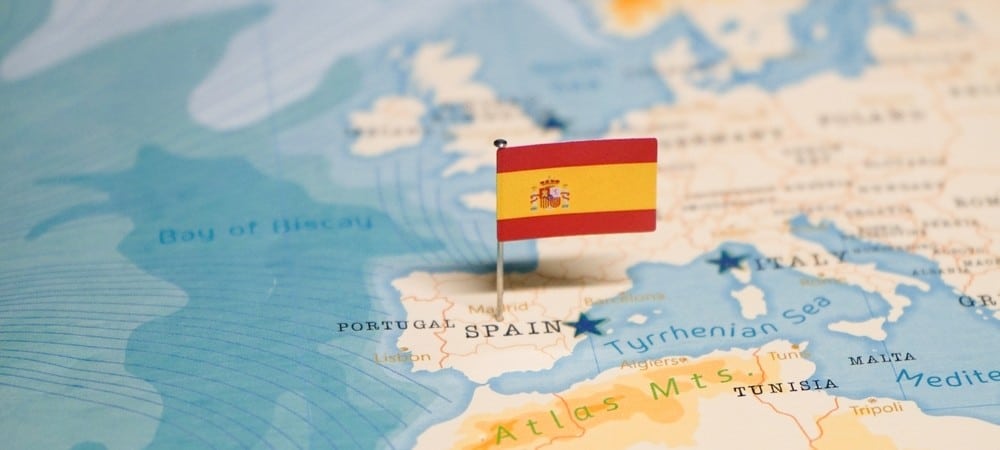Agile template design for S/4 Hana


Most of the chairs in the "Vancouver" project room are still empty. No wonder, Monday is arrival day. We take advantage of the silence. With the Manager Operational Excellence and the Head of Sales Italy, we play through the new sales processes for the Apennines. Our template is as good as ready: Order to cash on S/4 Hana. Go-live in six days.
The technology company is tinkering with the One Digital Core: In the greenfield project, the customer is to receive a cleanly orchestrated process landscape. Not easy, with 170 legal entities! Each national company has its own processes.
At the same time: restructuring of the organization, from several divisions to three business units. There are 40 SAP ERP systems and 25 non-SAP ERP systems. This means that the non-harmonized processes run in a heterogeneous IT landscape. Many company acquisitions that were grafted on rather than truly integrated.
Digital end-to-end processes in half the time
The Executive Board of the industrial group with 15,000 employees has decided: The process and system landscape will be reorganized. The basis: a global one-ERP system. Uniform processes, as much harmonization as possible. Is the target picture clear? Is the customer in place? We clarify the necessary framework conditions in the target picture phase.
What do we actually need? In the past, people sat down to write blueprints for at least three months. Then you built a system, defined all the important processes.
The classic waterfall method. A lot of paperwork, a lot of discussions about process diagrams that are not part of the system, without looking into an SAP system. From the start of the project to the first go-live, at least 15 to 18 months have passed - virtually flying blind. After all, there was no feedback from the business until then! Does that fit or not?
That no longer works today. You have to involve the business at an early stage. It is important to create "products" quickly, to put together suitable process packages on the basis of which direct feedback can be given.
This can be, for example, all the processes that a small sales unit needs. We don't describe all the requirements for all the processes from A to Z, we inventory them. Then we decide: Which part do we want to implement in the first product?
We create an S/4 microcosm. The advantage: In the next step, the company can go live with it immediately and test it in the real world. We develop a new SAP template in a short time, dynamically and goal-oriented. With exactly as much agility as template building in the ERP environment can tolerate. To find out: Are we on the right track? What do the process owners think?
Of course, the full project scope always remains in focus. But it is far too large. We take small pieces, a section of the huge process landscape of a company with 90 years of history and 2.3 billion in sales. According to the motto: How to eat an elephant? Cut him into pieces!
Only when this piece of template is up and running do we move on to the next product. We use a template approach in iterations. A product is developed in just three months, in close coordination with the specialist departments.
What's more, we can process feedback from buyers, production planners, logistics experts and controllers at the same time. We optimize the template as early as the creation stage - we call this continuous improvement.
Optimization in the running process. This has already worked well for the initial product. Only three more days of fine-tuning, then the first small template for the Sales Italy area will be ready. The head of sales has provided us with valuable input for this. He gets his "tailor-made suit" for it. More business alignment is not possible.







